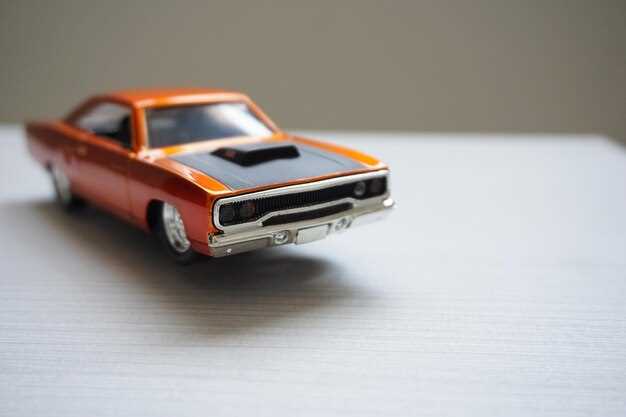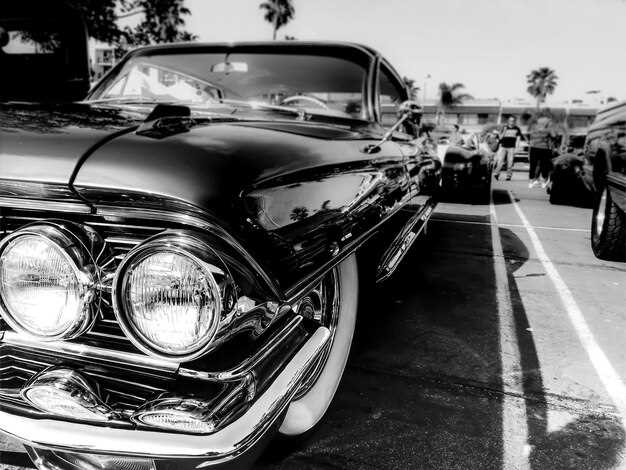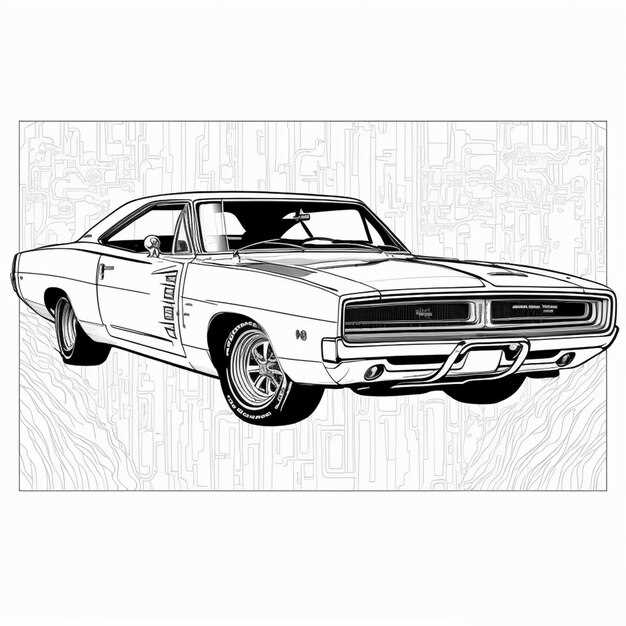
The Dodge Charger has stood the test of time, cementing its place as an iconic muscle car that embodies power and performance. Its evolution from classic to modern designs reflects not only changes in automotive technology but also shifting cultural trends. This article delves into the fascinating timeline of the Charger, highlighting its significant transformations over the decades.
Initially launched in 1966, the Charger was designed as a fastback coupe that captured the raw essence of muscle car culture. The bold, aggressive lines and high-performance engines quickly garnered attention, making it a symbol of American automotive prowess. The classic era of the Charger is marked by its muscular presence and remarkable horsepower, paving the way for a legacy that continues to influence car enthusiasts today.
As we progress to the modern iteration, the Dodge Charger has undergone substantial changes that merge tradition with innovation. Today’s models integrate advanced technology and safety features, appealing to a new generation while retaining the aggressive styling and performance that originally defined this legendary vehicle. The evolution of the Charger serves as a testament to its adaptability and resilience in an ever-changing automotive landscape.
Key Design Changes in Each Charger Generation
The Dodge Charger has undergone significant transformations since its inception, reflecting the changing tastes and technologies in the automotive industry. Each generation showcases distinct design elements that contribute to its evolution.
The first generation (1966-1967) introduced a fastback design with a strong emphasis on sporty aesthetics. The Charger featured a unique split grille and hidden headlights, which set it apart from other models of its time. This design aimed to capture the spirit of American muscle cars, combining elegance with aggression.
By the second generation (1968-1970), the Charger evolved to sport a more aggressive profile. The iconic “Coke bottle” shape emerged, accentuated by bold lines and wider wheel arches. The front end adopted a more pronounced grille and larger headlights, enhancing its road presence. This generation solidified the Charger’s reputation in the muscle car segment.
The third generation (1971-1974) saw the Charger adopting a more refined look, shifting toward a heavier build and larger dimensions. The introduction of a full-width grille with a more aerodynamic design marked a departure from the aggressive styling of previous years. Despite the automotive industry’s trend towards safety, the design retained elements of performance.
In the fifth generation (1982-1987), the Dodge Charger took a technological leap into the era of smaller, more fuel-efficient cars. The redesign featured a front-wheel-drive platform, with a more compact and sleek appearance. This marked a pivotal shift, moving away from traditional muscle car characteristics to cater to a different market.
The sixth generation (2006-present) reintroduced the Charger as a full-size sedan, paying homage to its roots while embracing modern design sensibilities. The aggressive stance and bold front fascia hearken back to its muscle car heritage, while advanced technology and a spacious interior cater to contemporary needs. The design combines nostalgia with functionality, establishing the Charger as a unique player in today’s automotive landscape.
Throughout its history, the Dodge Charger has continuously evolved to meet changing consumer preferences and market demands, showcasing a rich design legacy that balances tradition with innovation.
Performance Upgrades Across Eras: A Detailed Comparison

The Dodge Charger has undergone significant performance upgrades throughout its evolution from the classic era to modern times. Each generation introduced enhancements that not only improved speed and handling but also adapted to changing automotive technologies and consumer expectations.
In the classic era, particularly in the 1960s and 1970s, the Dodge Charger was equipped with powerful V8 engines, notably the 426 Hemi and the 440 cubic inch engines. These engines were designed for raw power, emphasizing straight-line speed. Performance upgrades during this period focused on maximizing horsepower and torque, with features like dual exhaust systems and performance carburetors enhancing engine output.
With the introduction of the third generation in the late 1970s, fuel efficiency became a priority due to the energy crises. Consequently, the Charger evolved into a more compact design, featuring smaller V6 engines while still offering optional performance packages. Upgrades included improved suspension systems and lighter components to enhance handling despite decreased power output.
The revival of the Charger in the 2000s marked a significant departure from its predecessors, as Dodge returned to its roots by introducing high-performance models like the Charger SRT8. This era saw the incorporation of advanced technologies, such as electronic stability control and adaptive suspension systems. Performance upgrades included supercharged engines and increased use of lightweight materials, which contributed to improved acceleration and maneuverability.
In the present day, the modern Dodge Charger builds upon this legacy with even more sophisticated performance features. The introduction of all-wheel-drive systems and advanced aerodynamics has enhanced both traction and stability at high speeds. Modern upgrades often feature turbocharged engines, allowing for a balance between performance and fuel efficiency without sacrificing power. Additionally, enhancements in brake technology, like larger rotors and advanced caliper designs, provide drivers with greater stopping power.
Overall, the evolution of performance upgrades in the Dodge Charger showcases the brand’s commitment to adapting to both technological advancements and driver preferences, ensuring that the Charger remains a symbol of power and performance across generations.
The Cultural Impact of the Dodge Charger Through Decades

The Dodge Charger has left an indelible mark on American culture since its introduction in the 1960s. As a model that represented power and performance, the Charger quickly became a symbol of freedom and rebellion, particularly during the turbulent social climate of the ’60s and ’70s. Its iconic muscle car status was propelled by appearances in popular media, reflecting the desires and aspirations of a generation.
Throughout the decades, the evolution of the Charger has mirrored changing cultural trends and consumer preferences. In the 1970s, it was celebrated as a go-to vehicle for street racing enthusiasts and featured prominently in films and television shows, helping to solidify its place in automotive history. With each iteration, the Charger adapted to the times while maintaining its distinctive style and high-performance reputation.
The release of the modern Charger in the early 2000s marked a revival of interest in muscle cars, appealing to both nostalgic fans and a new generation. The model blended retro design cues with contemporary technology, reinforcing its status as an enduring icon. This evolution not only revived the Charger’s appeal but also contributed to a broader resurgence in automotive culture, inspiring car clubs and events that celebrate the legacy of classic muscle cars.
In recent years, the Charger has become a staple in popular culture, appearing in blockbuster films and television series, further cementing its position as an emblem of speed and style. The model’s association with law enforcement and high-octane chases has also contributed to its cultural significance, tapping into the American fascination with power and performance.
Through its evolution, the Dodge Charger has not just been a vehicle but a cultural phenomenon, representing the spirit of its times while influencing the automotive landscape for decades. Its impact continues to resonate, making it a beloved icon among car enthusiasts and a symbol of American automotive excellence.




